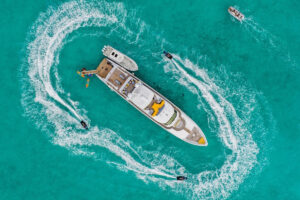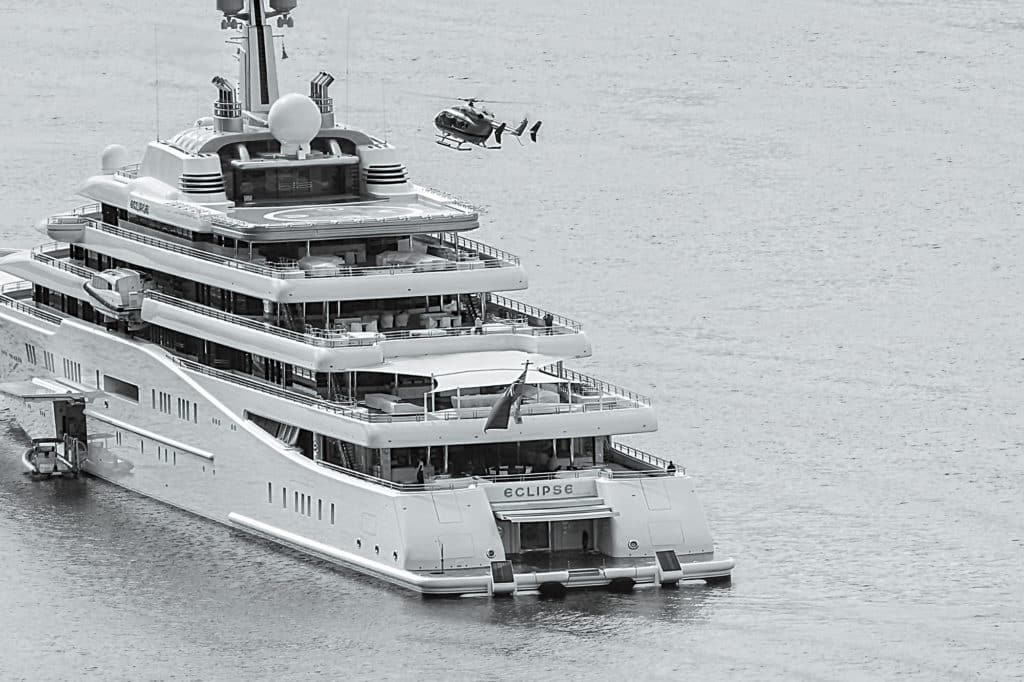
The biggest challenge facing many people who want to charter a yacht right now is physically getting to the yacht. Travel challenges continue from the COVID-19 pandemic, making even first-class commercial air travel a questionable proposition at best. In places where restrictions have been lifted, private air travel can often be the safest, most comfortable option.
Private jets can be owned in full, as part of a fractional-ownership plan or chartered. Most advisers recommend owning a jet if you fly more than 450 hours a year. Between 200 and 450 hours, a fractional plan makes the most sense. Less than 200 hours per year usually dictates charter bookings; the same brokers who book charter yachts can also book charter flights.
Fractional-ownership companies, such as NetJets, allow members to depreciate part of the purchase cost. Owners pay a monthly management fee—even if they don’t fly that month. Another option, Flexjet, offers the Embraer Phenom 300 in lease and share programs. This jet can fly at 450 knots and has a range of 2,000 nautical miles, which is plenty to get from Bar Harbor, Maine, to Miami. In the share arrangement, 100 hours of flying per year will run about $500,000, or $5,000 per hour. The lease arrangement is slightly more expensive, just as it would be with an automobile.
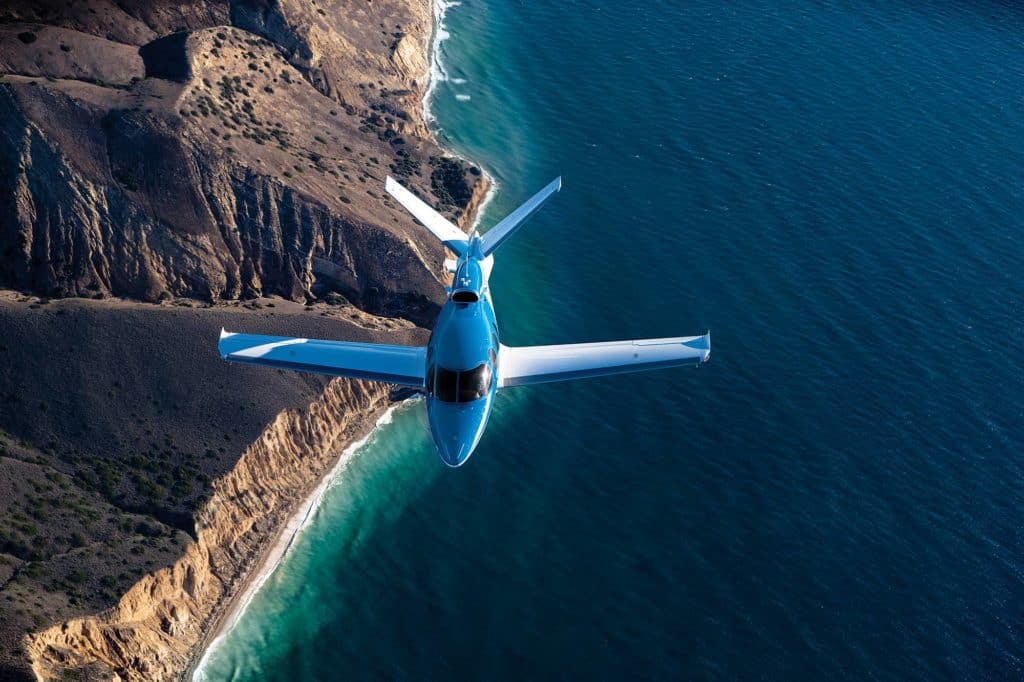
Farther along the pricing scale, a used Gulfstream 550 will cost around $15 million to $20 million, and runs about $6,000 per hour to operate with a crew of two or three.
Charter operations may be smaller mom and pop shops with one or two older Learjets, or big operations with fleets of aircraft. When chartering a jet, guests essentially rent the plane by the hour. As an example, UberJets offers a price of $14,330 for one-way travel from Fort Lauderdale, Florida, to New York in a midsize jet that can carry eight people.
That fee includes the ability to avoid commercial airports. Clients go to the nearest, most convenient airport. For Manhattan, it’s White Plains, New York, or Teterboro, New Jersey. There, guests enter a fixed-base operator, and life starts to feel like the charter-yacht vacation yet to come.
A doorman unloads the car or limousine. The pilots introduce themselves, check to be sure the catering is correct, and ask about any special needs or requests, in addition to those requested when booking. Coffee machines provide a quick hit of espresso while guests examine the plush surroundings. Soon, everyone walks out the door to the waiting jet.
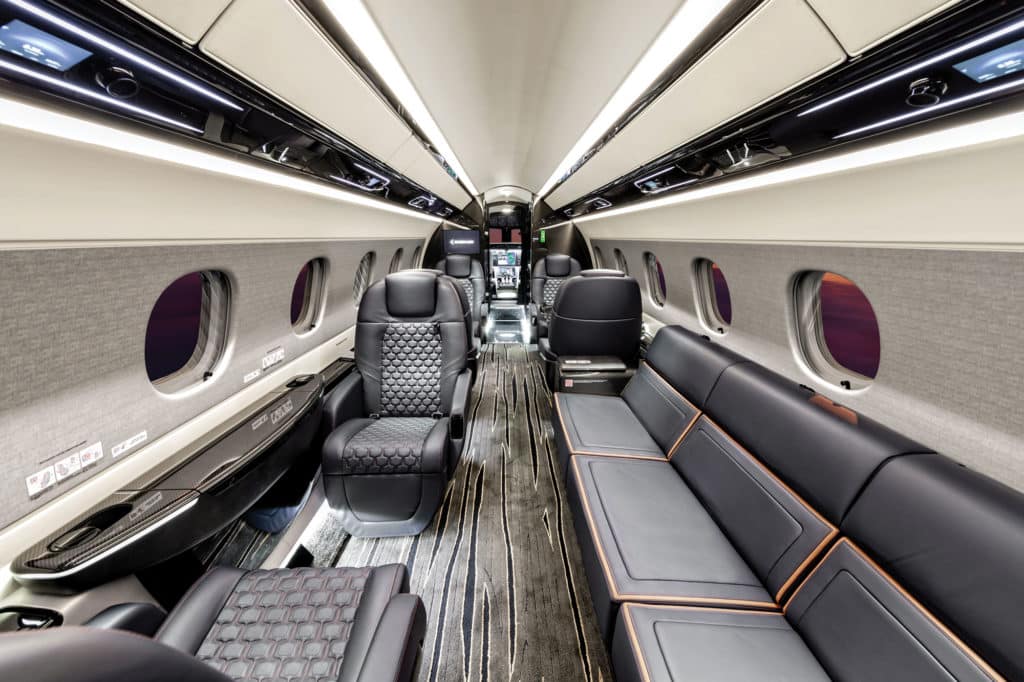
Most fixed-base operators outside of New York allow a guest’s vehicle to drive directly to the plane. If privacy is required, services can drive a car to the hangar, wait for the hangar doors to close so guests can board the plane in privacy, and then leave. Either way, there are no security pat downs, no waits and no X-ray devices. As the first officer closes the door, the captain is starting the engines. A few minutes later, the plane bursts out on top of a cloud deck, and guests are on their way to the yacht.
If the vessel is offshore and helipad-equipped, guests can hire pilots to meet them where the jet lands, and then chopper them out to sea. Different-size yachts can receive different-size helicopters; a charter broker can explain the options.
In some parts of the world, such as the Pacific Northwest and Australia, seaplanes are available for the second leg of the journey to the yacht. Sometimes, seaplanes will coast to a stop within feet of the yacht’s swim platform, where the crew has a tender to receive guests from a craft such as a de Havilland Beaver, a single-engine workhorse known for its rugged construction and ability to get onto or off of short landing strips.
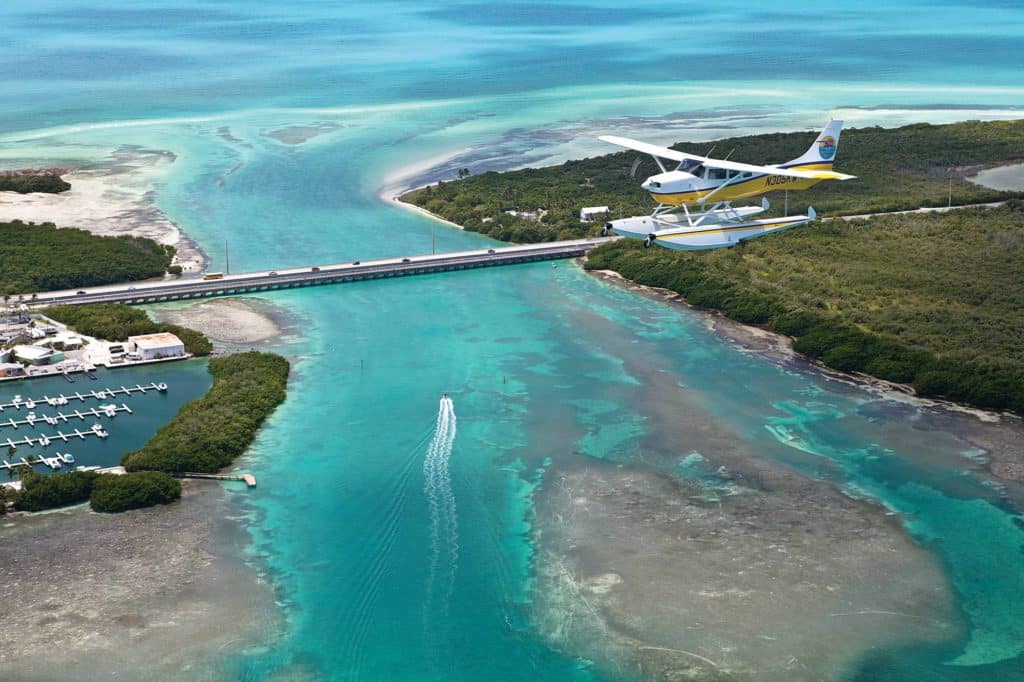
And should all this talk about private flight pique an interest in personally taking command, pilots can get initiated gradually in a Cirrus Vision Jet with the VisionAir program. This program handles not just maintenance and hangar issues but also details such as getting the airplane ready for flight. An owner can be assigned a pilot at purchase (about $2 million), and that pilot stays until the owner gets his ratings and is comfortable at the controls. The plane’s Safe Return emergency autoland system lets owners land the jet if the pilot is incapacitated.
As a pilot myself, I can attest that there is no thrill comparable to owning and piloting your own jet. It allows you to go anywhere, anytime—including to a chartered yacht.
Why wait for the fun and relaxation to start at sea? It can start sooner with a private flight.

